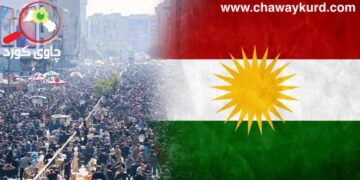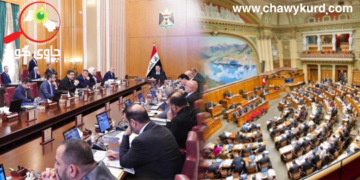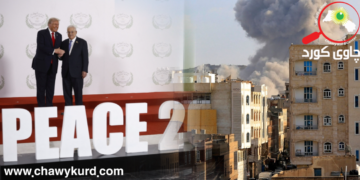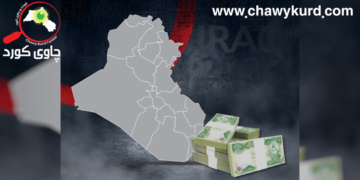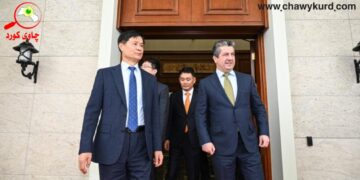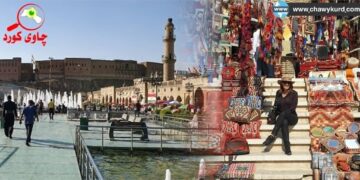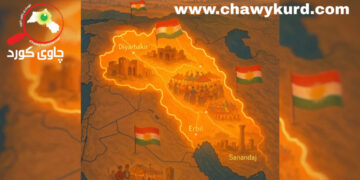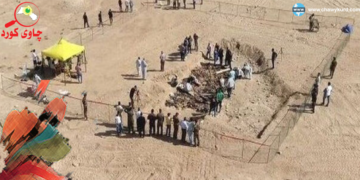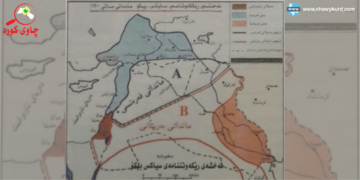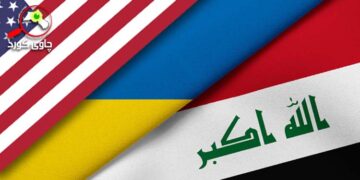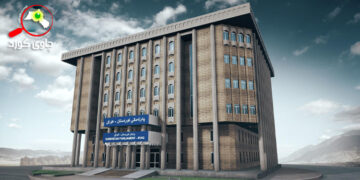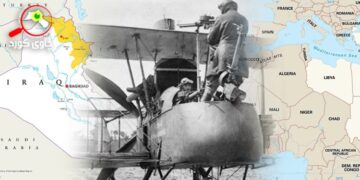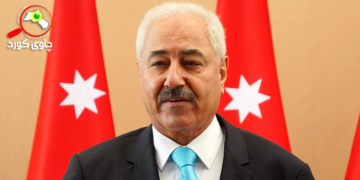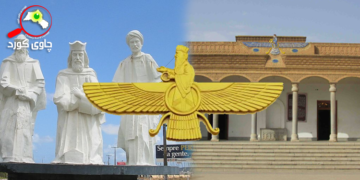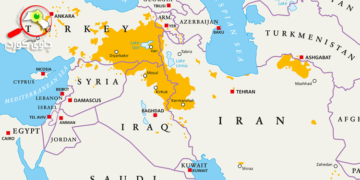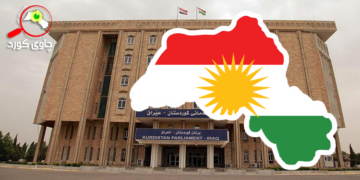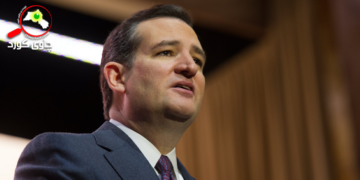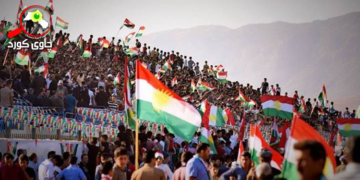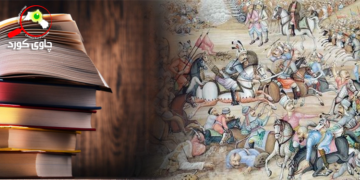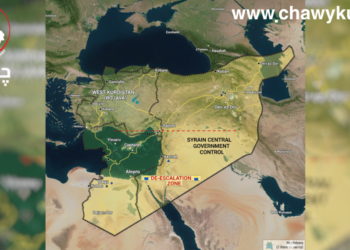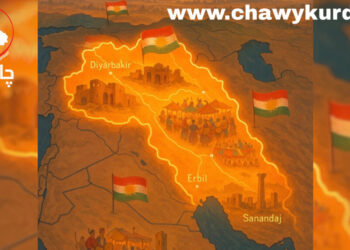The political history of Iraq, following the annexation of the Mosul Vilayet, was defined by persistent instability rather than peace. The state’s foundation was inherently flawed, a fact reflected in its leadership and structure. British interests dictated that no local leader from the remnants of the Ottoman military or tribal elite was deemed suitable for the throne. Instead, to reward the sons of Sharif Hussein of Mecca for their aid during World War I and to simultaneously fragment the Arab world, Faisal I was installed as king. This move served the British strategy of preventing a powerful, unified Arab empire from emerging and threatening their regional interests. This policy also immediately alienated the majority Shi’a population, who were largely excluded from power and remained opposed to the government for a long time.
The Hashemite Monarchy: A Legacy of Turmoil
King Faisal I (r. 1921–1933) attempted to build a stable political and economic state, but his efforts were consistently undermined by British interference and chronic internal political turmoil, characterized by frequent cabinet changes that paralyzed governance. His sudden death in Switzerland in 1933 was shrouded in suspicion.
His son, King Ghazi (r. 1933–1939), ushered in a period marked by fervent Arab nationalism and anti-British sentiment. He established the “Radio Zuhr” station to broadcast nationalist propaganda and challenge British influence. His reign also saw Iraq lay claim to Kuwait, straining regional relations. However, Ghazi’s ambitions were constrained by his youth and the turbulent global climate, with the rise of Nazism and Fascism. Economically, Iraq remained weak, with oil revenues not yet a significant contributor to the state treasury. His death in a 1939 car accident was widely believed to be an assassination orchestrated by the British, sparking violent protests, including an attack on the British consulate in Mosul where the consul was killed.
Under King Faisal II, who ascended to the throne as a child with his uncle, Abd al-Ilah, as regent, Iraq’s political fragility became even more pronounced. The country was deeply affected by World War II, with some military and political figures, like Rashid Ali al-Gaylani, aligning with the Axis powers in an anti-British coup. The coup’s failure led to the execution of its leaders and a reassertion of British control. Throughout this era, the monarchy failed to establish a true democracy or address the national rights of the Kurds and other minorities. British policy often involved suppressing internal uprisings, such as the Barzani revolts, to maintain the fiction of a stable Iraqi state. The final years of the monarchy saw Britain attempt to integrate Iraq into anti-communist alliances like the Baghdad Pact of 1955, a treaty also aimed at suppressing Kurdish nationalist movements across Iraq, Iran, and Turkey.
This policy backfired, uniting a broad coalition of opposition—leftists, nationalists, and others—against the regime. On July 14, 1958, the very army the monarchy had built to protect itself, led by Abd al-Karim Qasim, overthrew it in a bloody coup. While the revolution brought a landmark change with the 1958 interim constitution, whose Article 3 recognized Kurds as a co-equal nation in Iraq for the first time, this democratic promise was short-lived. Qasim’s rule descended into instability, marked by a failed coup in 1959, the violent Kirkuk massacre, and a brutal war against the Kurds, squandering an opportunity for national reconciliation. It was during this period that the chauvinistic ideology of the Ba’ath Party began to take root, setting the stage for decades of tyranny.
Economic Foundations: Currency and Banking
Economically, the territories of Basra, Baghdad, and Mosul inherited the collapsed economy of the Ottoman Empire. The economy was primarily agrarian, inefficient, and hampered by natural disasters and corrupt tax collection. The Ottomans used a variety of currencies, including the gold Lira and silver Qirsh. During World War I, the introduction of paper currency failed as it rapidly lost value.
With the British occupation, the Indian Rupee was introduced in 1917 to tie the region’s economy to British India. After the formation of Iraq, national leaders pushed for a native currency to assert sovereignty, but the British resisted. Finally, following a report by British financial expert Sir Hilton Young, the Iraqi government passed the National Currency Law in 1931. This established the Iraqi Dinar, pegged to the British Pound Sterling, as the official currency, replacing the Rupee in 1932.
The development of a modern banking sector was another key milestone. The government established Rafidain Bank in 1941 as a state-owned commercial bank. This was followed by the creation of the National Bank of Iraq in 1947, which was tasked with acting as the country’s central bank, managing the currency, and overseeing the financial system. In 1956, its name was changed to the Central Bank of Iraq, which it remains to this day.






